Autopilot, the marketing automation company, was founded in 2012.
It took them two years to hit 2,500 customers, 24,500+ free trial sign-ups, and 21% month-over-month revenue growth.
They’ve also landed high-profile clients like Lyft, Microsoft, and CrunchBase in the process.
How did a brand new company manage that type of growth?
How have they launched like a rocket and never looked back?
The truth is that they planned for their growth before it even happened.
They’ve used customer journeys, funnels, and offers to pull in new customers faster than they ever could have imagined.
On top of that, they continue to grow their integrations, making them more appealing to a wider customer base.
I’ve launched a few of my own products over the years. I’ll be the first to tell you that it’s not easy.
However, I’ve learned a ton of lessons throughout the years.
Autopilot’s story resonates with my own experience. I’ve seen many of these problems and challenges firsthand.
The great news here is that their strategy is replicable!
I’ll walk you through their process. And I’ll share my own examples so that your product has the best chance to succeed.
Step 1. Define your growth strategy from the start
Most people approach the software business with a brilliant idea.
So they immediately get to work, building out the product themselves or hiring others to do it for them.
Most of the time this is already a mistake.
Obviously, the first problem is that you have no idea if anyone’s actually going to need what you’re building.
However, the second, more subtle issue is that your feature mix will ultimately dictate market positioning and price.
And this is what most people miss.
You need to analyze the market to see what your competition is doing before you simply assume that features Y and X will appeal to your target market.
Autopilot started here, first deciding the pricing strategy and different features to include in the product.
Check out this SaaS pricing/features graph from Autopilot’s CMO Guy Marion to get a sense of how this works in a real marketplace.
Let me break it down for you:
The Y axis demonstrates pricing and the X axis shows the complexity of features and integrations.
Autopilot, for example, falls under the low-price-point and low-complexity category.
They purposefully chose a “self-service” positioning before launching.
Their product is really cheap to integrate and also easy to use. Meanwhile, enterprise SaaS applications like NetSuite are more difficult to use and cost more than Autopilot.
This positioning strategy will now dictate everything else.
It will decide who their customers are. It will dictate their marketing strategies. And it will determine their sales process.
Don’t confuse marketing with just advertising or PR.
Because ultimately those two promotional elements rely on your product, pricing, and distribution strategies, too.
Step 2. Find your target audience
Knowing your audience is critical for delivering a product that people want and need.
When you’re new, nobody knows who you are. And they probably don’t recognize that they need your product or service, either.
Here’s a basic example.
You wouldn’t sell men’s shoes to a target market of women and expect high conversions, would you?
Obviously not!
So you have to take the time to develop target personas before you can scale to a large audience.
Facebook targeting is a great place to start.
You need to test various demographics, behaviors, and interests to find which segments are most likely to purchase your products and services.
Here’s how to get started.
First, head over to the Audience Insights section of the Facebook Business Manager.
Your Insights will help you find data on your current page interactions, likes, and followers.
Next, select “People connected to your page.”
This section of the Business Manager is a goldmine for your initial targeting efforts.
Start scanning for trends and patterns.
Basic demographics —like age range, gender, and location — can give you an easy starting point.
In this example, you can tell that women enjoy this business’s products more than men. And the bulk of the interest is coming from consumers age 25-44.
Immediately, you’ve already narrowed down a massive group into a smaller segment of people.
Next, you can inspect each tab, from demographics to page likes and even income levels.
The people liking and following your page are brand-aware.
You might not have a ton of in-depth audience information at this point.
That’s why even the average information from your total followers can help at first.
You want to start finding those like-minded people who might also be interested in your products.
Next, head over to create an awareness campaign on Facebook to further refine your audience.
Using awareness-style campaigns will give you an idea of how this new submarket of people will respond to your brand and products.
If they respond well, you now know who to focus on. If they don’t respond well, you just keep repeating the process until you find one that does.
Once you’ve selected the brand-awareness objective, create your audience and populate the data with the insights you just grabbed in the Business Manager.
Now, scroll down and populate the next section with the interests that your insights showed from the “Page Likes” section.
You can also grab the income levels and any other personalized data you could find.
Now start running ads.
You won’t know exactly who’s going to work best yet. So you’ll just have to change up your approach every few days.
Remember that your goal here isn’t to buy Facebook fans. You don’t want to do that.
Instead, the goal here is to identify potential customers. You’re going to come back and sell products or services to these people.
This strategy does require you to spend some money up front.
However, you can test the market with a free e-book or low-priced product before investing a ton of money into your bigger product.
This is called a “Smoke Test.” You can promote the product as if it’s already for sale to gauge feedback.
Then you can use early responses to find the best audience out there.
Step 3. Follow a proven formula for growth
I’m writing about Autopilot’s growth because their strategy is replicable.
Don’t get me wrong: Their story is amazing.
But they’re not necessarily special or different. You can do this, too.
For example, Autopilot credits their success to a proven growth formula.
They call it “The Acquire, Nurture, Grow Framework.”
And it sounds a lot like the same customer journey that 71% of marketers already follow.
The reason it works is that it aligns marketing tactics with what users are already doing.
For example, most people don’t convert on their first visit.
Instead, they come to your website or interact with your product in different stages of awareness.
You can maximize results by using different tactics for each stage of the funnel.
You can directly compare the image above with Autopilot’s Acquire, Nurture, Grow Framework now.
Here’s how it works in a nutshell.
- They build awareness with their target audience.
- They capture those leads and activate their trials.
- Then they nurture those trial users and qualify them for sales.
- Lastly, they use the stories and profit from those customers to find new ones.
Let’s run through each step to show you how this process works.
Step 4. Acquire new leads at the top of the funnel
The first objective is to increase the number of people who know you by name.
Figuring out your target audience is the first step that we just covered a few minutes ago.
You run a few test campaigns to see who’s nibbling on your bait. The ones who bite help signal that you’ve found a good match.
Once they found their initial, core audience, Autopilot targeted users with similar demographics and interests to scale growth.
Here’s what the Acquire stage looks like:
You can easily replicate this strategy with Facebook’s Lookalike Audiences.
By now, you should have found at least one audience that works. So you can ‘clone’ that audience with a lookalike one that shares similar values.
The next step in Autopilot’s formula is to turn interested audience members into leads.
You can lure in prospects with something as simple as a free lead magnet. Or you can go straight to a free trial offer if you think that they’re ready for it.
Ultimately, you want people to sample your products and services.
That will help you get feedback to continue improving your customers’ experience. And you can start to get your first few paying customers.
You can also submit your product to sites like Product Hunt to get feedback from power users in your space.
Hundreds (or thousands) of potential customers will rate every submission.
You can also feature detailed screenshots, videos, or tutorials.
So you can speak directly to a small, core audience who can either start buying from you, provide invaluable feedback in the early days, or help you spread your unique brand message.
Step 5. Start nurturing new leads to create successful customers
The next step in Autopilot’s funnel strategy is “Nurture.”
The nurture stage involves cultivating a strong relationship with people who are using their service in the free-trial stage.
Think about it. They want to keep these people around as long as possible!
So that’s where strategies like marketing automation come into play.
You can drip out email content, use in-app messaging, or even pick up the phone and call them.
Autopilot developed content for each stage of the funnel or journey.
Then they recommend starting with a simple drip email chain of four consecutive emails, each ending with a compelling sales pitch and CTA.
You can do this exact strategy with a simple tool like Drip.
Each sequence will become more personalized over time.
For example, here’s a three-tiered nurturing approach:
- Top of the funnel (awareness) campaigns will send out messages every 10 days.
- If a user doesn’t open or click through the email and complete the action desired, they will get another email in 10 days.
- If they do, they’ll be removed from that sequence and added to another with offers that get them closer to a conversion.
For example, you can create a lead magnet like a webinar that provides more interaction and value than a standard content piece.
If they do click through, you know they’re interested. That’s your opportunity to target them with an offer that introduces your product.
Lastly, when a lead clicks on the offer, the next one they’ll get is a CTA that directs them to a free trial.
Here, you need a good call to action that’s like an invitation to chat about what you have to offer.
You’ve already built up the awareness and trust. Now all you have to do is close the deal.
Step 6. Grow by maximizing your lifetime-value of each customer
The “Grow” stage starts by successfully onboarding new leads who convert into customers.
Then it leverages those happy customer stories into a promotion to bring in new brand awareness.
Here’s what happens in this step.
Autopilot credits a ton of their success to their guided free trials.
The trials allow someone to test out their product before making a big purchase decision.
In other words, it lowered the barrier to entry. New leads weren’t as scared to try it out.
They also used various on-site ‘events’ as internal signals for their sales team to make qualifying decisions.
For example, if someone added the HTML code to their site, they were much more likely to convert to services!
Autopilot then used their live-messaging service to deliver qualifying questions.
These simple, seemingly harmless interactions helped them internally understand which leads were good vs. bad.
They could also assist trial users to help nudge them further down the funnel.
This resulted in a better experience for customers. And more money for Autopilot.
Step 7. Develop integrations to provide more value
How do you grow your first website if nobody knows who you are?
It sounds like a trick question, but it’s really not.
The solution is to piggyback off of other people.
You need to find other brands and partners that have the audience you need. Then you compel them to recommend or refer you.
Integrations work the same way for products.
Creating an integration with another tool is like a new partnership.
It’s a mutually beneficial relationship where you can both help each other.
You help them by giving access to your amazing tool that solves their customer’s pain point. They help you by pushing attention, extra credibility, and users your way.
That’s exactly what Autopilot did.
For example, they went out and created integrations with many of the big players in the industry.
Autopilot can integrate with almost any platform that a marketing or sales professional uses today, including Slack, Zapier, Shopify, MailChimp, and more.
Evernote also executes this strategy extremely well.
They figure out what other tools their target audience is using on a daily basis. These are the tools that they can’t live without.
Then they create simple integrations to allow users to manage information across both tools seamlessly.
Step 8. Low cost of entry
Autopilot’s pricing strategy was well tested.
One of the reasons it worked well was because of the positioning they decided on a few steps ago.
However, it also conformed to the proven loss aversion principle.
Here’s what I mean.
Loss aversion is the idea that people would rather not lose something than gain something of the same value.
In this case, people would rather not lose tons of money up front for a product than gain the use of that product.
So, by offering low introductory pricing, coupled with a free trial, they effectively reduced any friction to purchase.
Companies could get started for a few bucks at most.
Access to these same tools might set them back hundreds of dollars a month with their competitors.
Autopilot also bases their pricing plans on the number of contacts that a company has stored in the database.
That means that they can afford to keep the price as low as possible initially. The more successful and profitable their customers become, the more they start paying.
This strategy creates little or no backlash from users.
They only have to pay more as they grow.
Conclusion
Autopilot’s two-year growth was astonishing.
Not very many companies can reach those same heights in just a couple years.
However, it wasn’t an accident.
Every decision they made was well thought-out.
They generated 21% MoM revenue growth by providing as much value as possible.
The good news is that you can recreate their steps.
They executed their plan to perfection. However, their plan wasn’t new, tricky, or technically difficult.
Anyone can do it.
That starts with positioning your product from the get-go. You need to understand who else is out there in the marketplace and how you’re going to carve out a niche.
Then it expands into testing your potential market with Facebook Ads.
You don’t even need a live, functioning product at this point. You can use a “smoke test” to see who’s opting in or joining your waiting list.
Then create a funnel formula that aligns with your content strategy.
That’s going to help bring people in and move them through each stage of the journey with the least amount of hassle.
Next, let users test the product!
You need real feedback to iterate as quickly as possible.
If you’re still in doubt in the early stages, remember the loss-aversion principle.
Freely give away trials to get more engagement from your core audience who are using your product on a daily basis. Keep the prices low for new people by tying those plan tiers to growth.
In other words, your customers only pay more when the product helps them grow to new heights.
Autopilot planned and tested everything from their funnel strategy to their offers and trial journeys to give the user the best experience they could.
And ultimately, that’s why they’ve taken off when many other products don’t.
What’s one simple tactic you’ve experienced recently that made you pay for a new product?



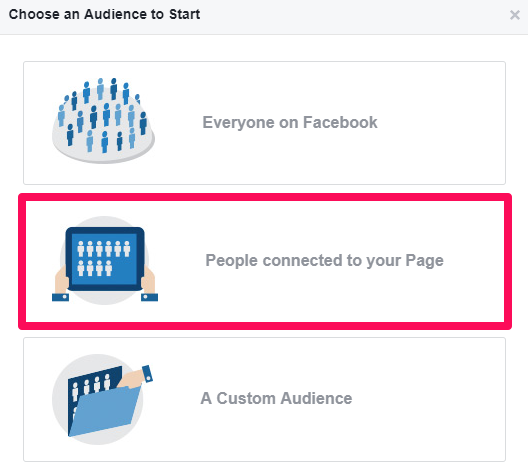
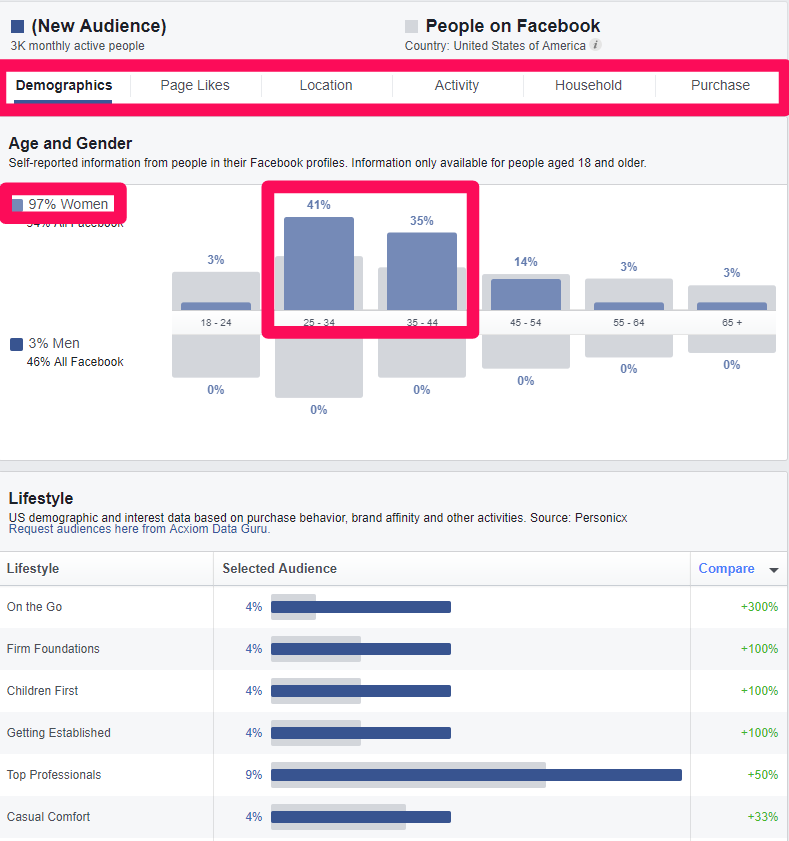
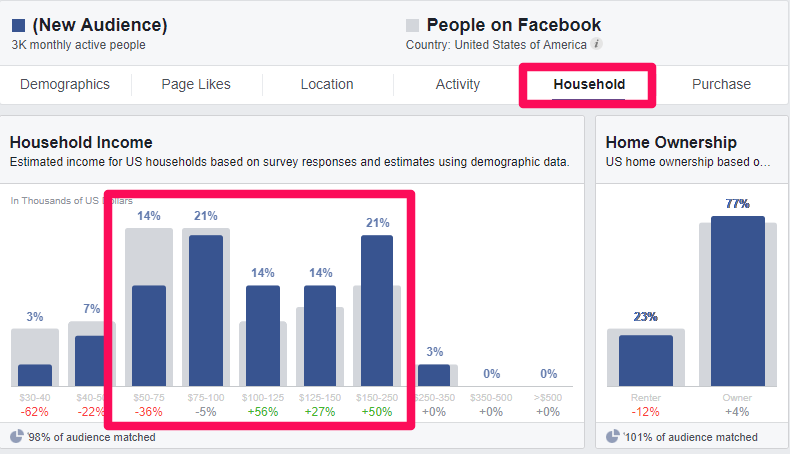
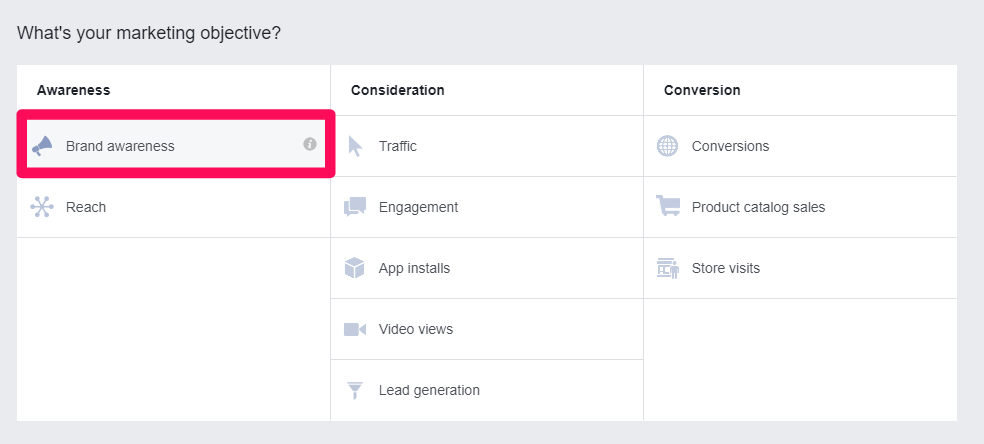
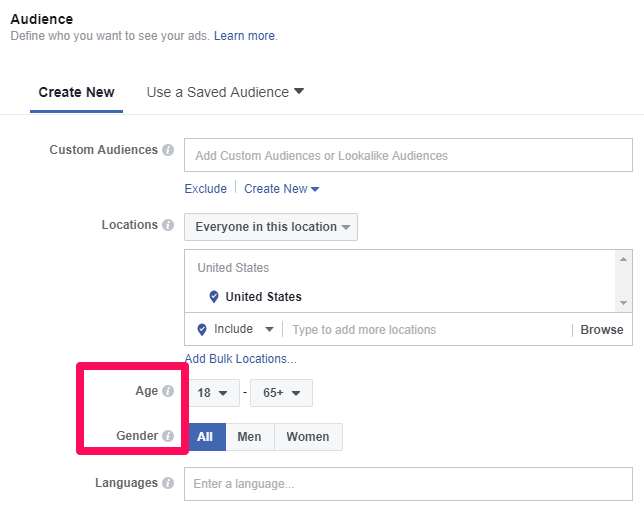
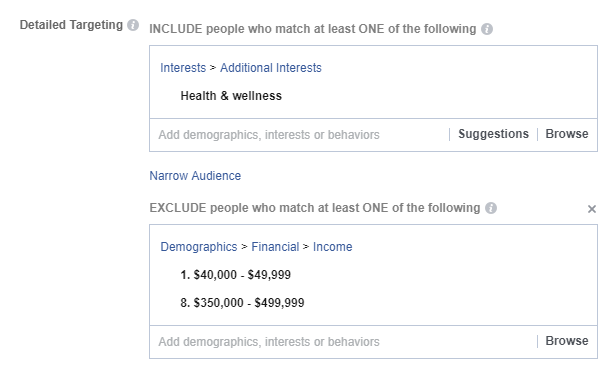
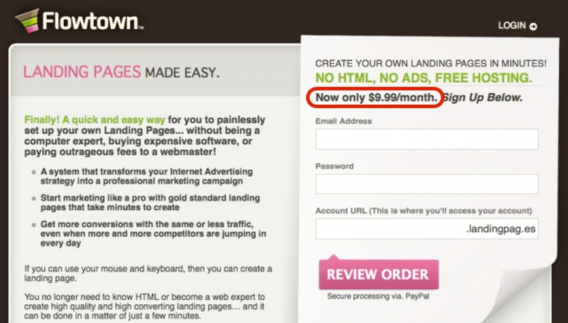
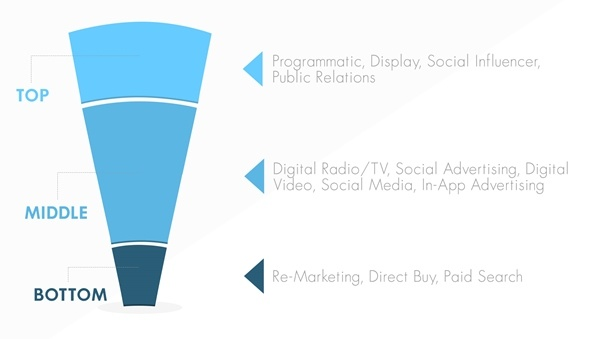
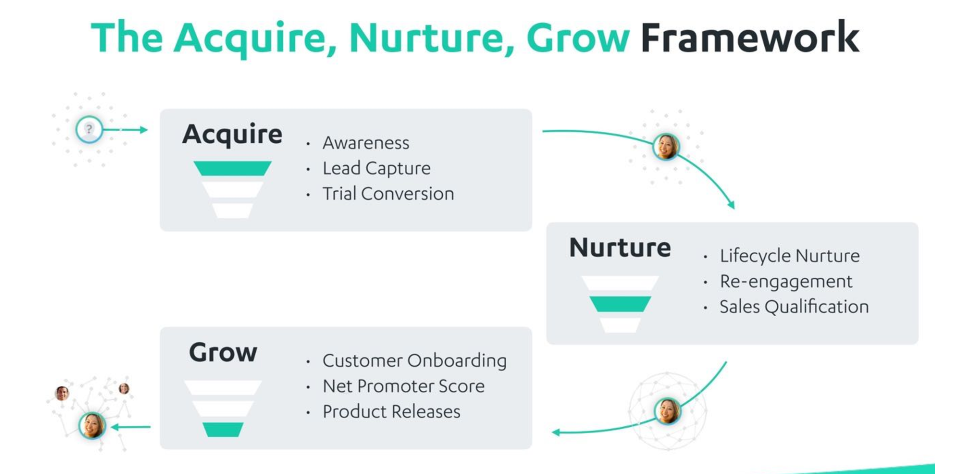

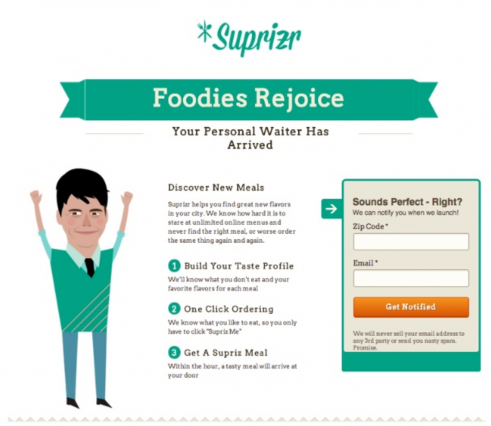
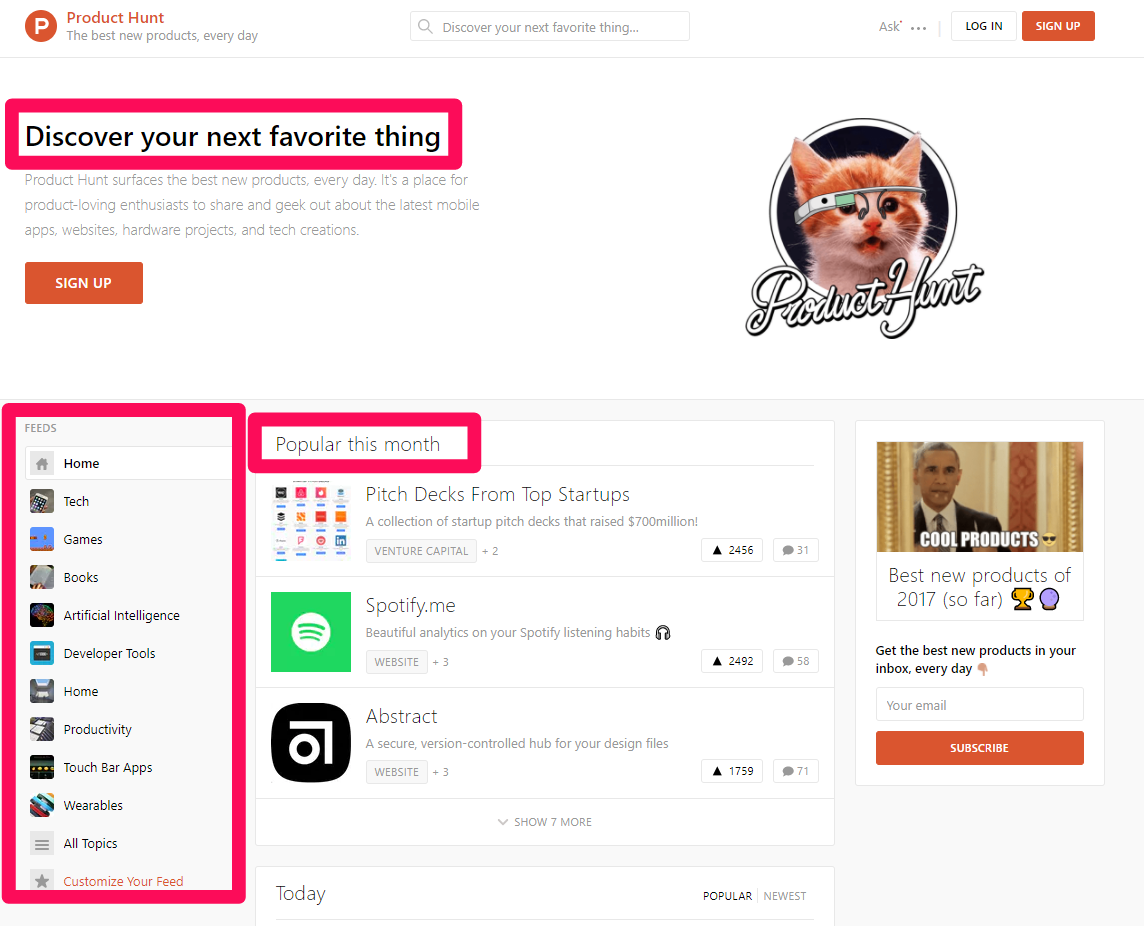
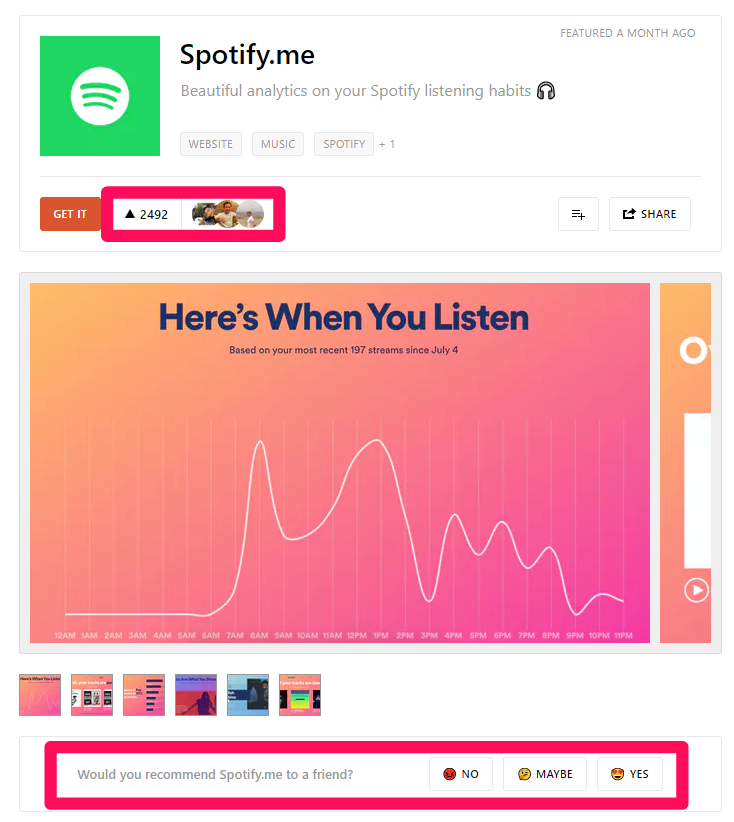

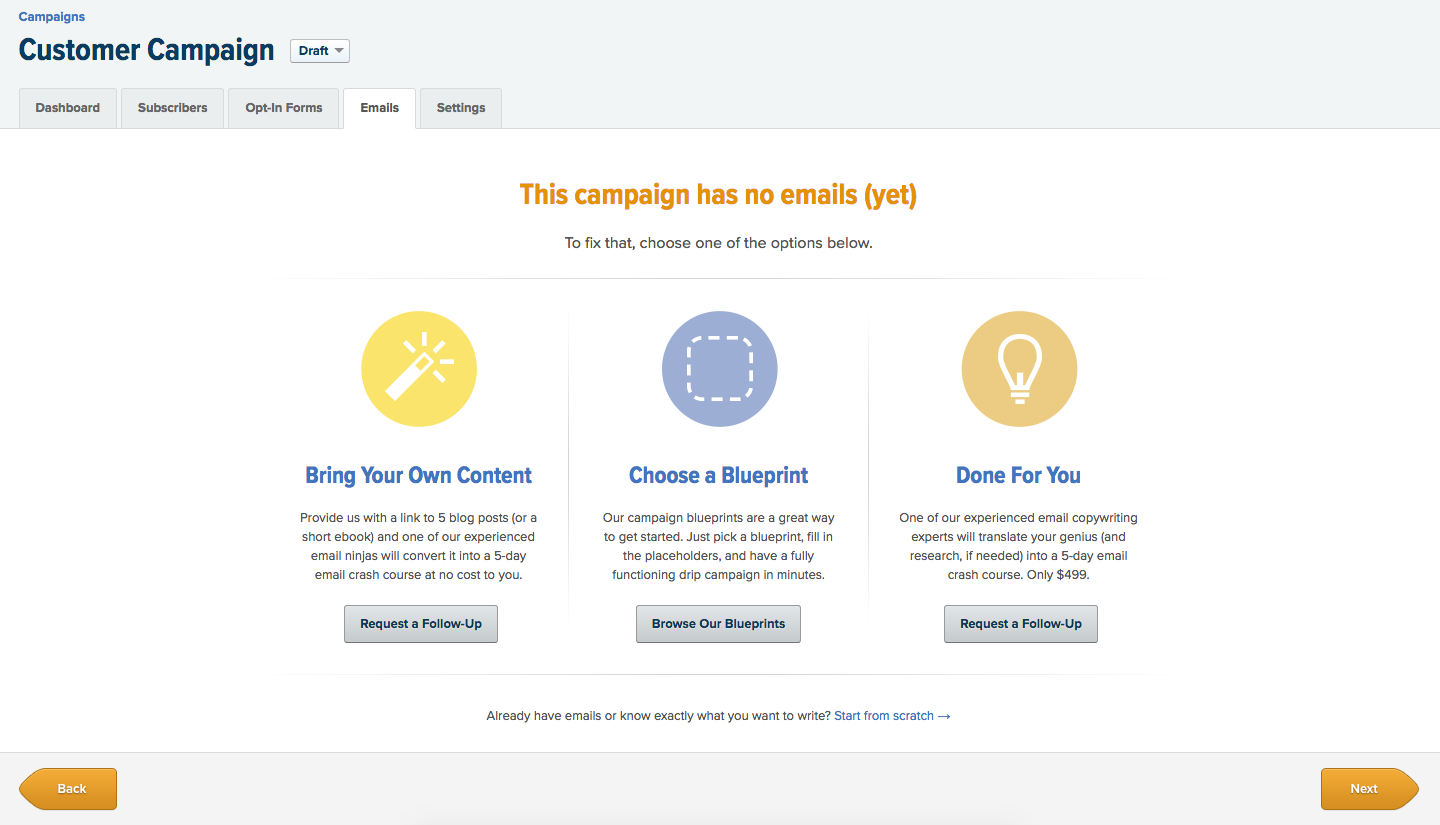
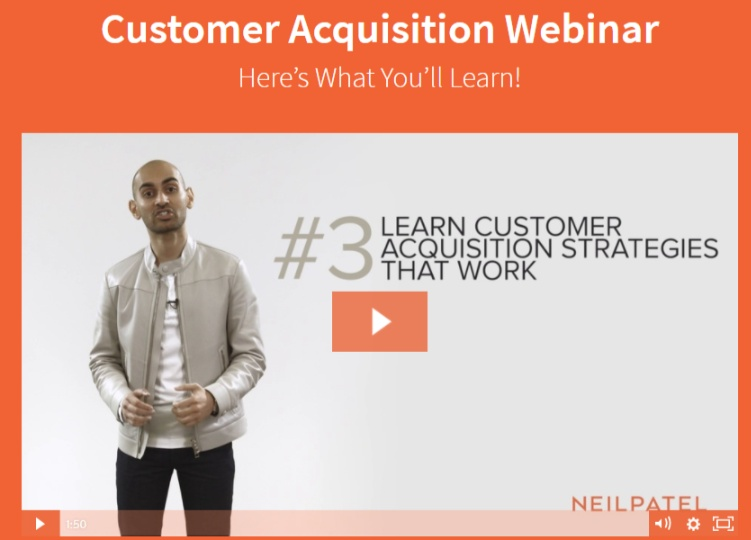

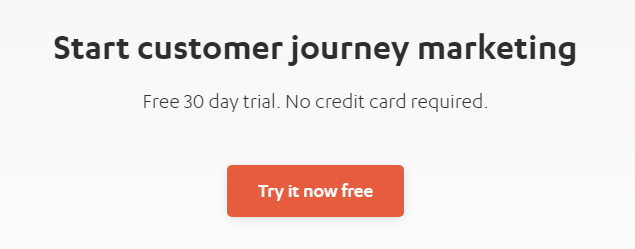

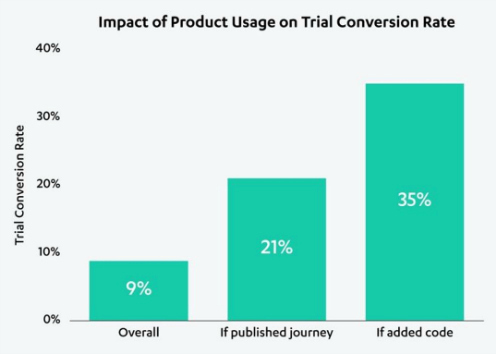
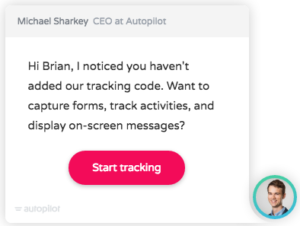
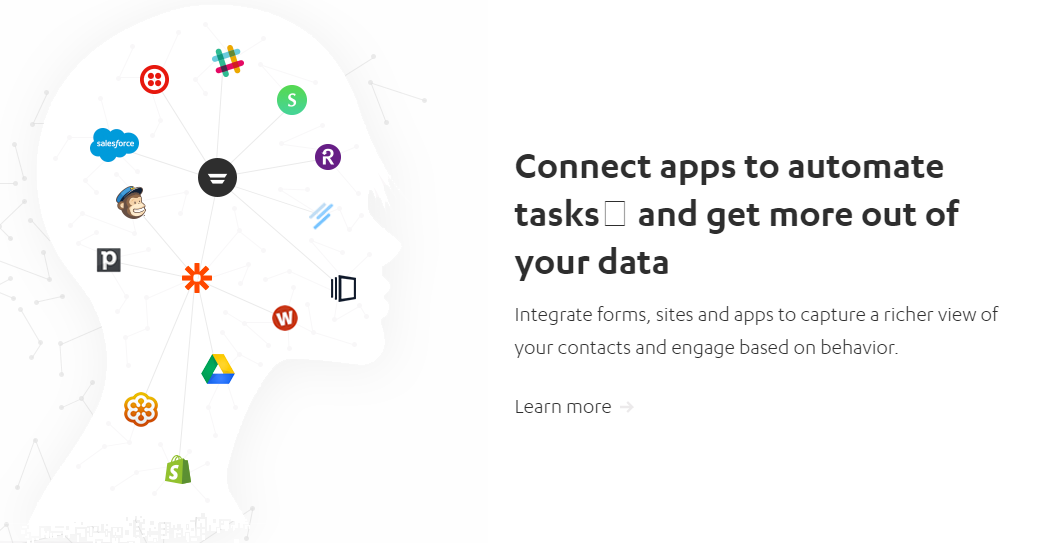
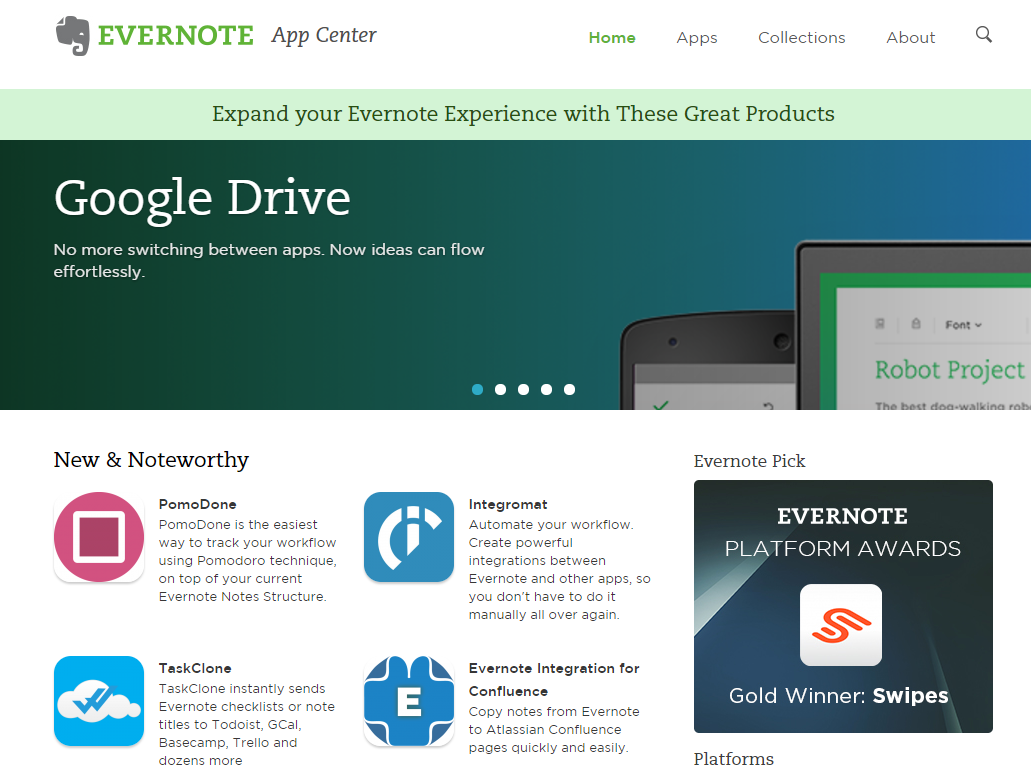

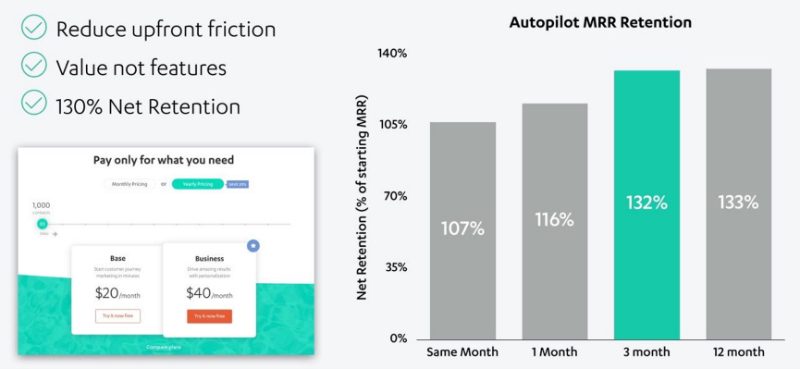
Comments (0)